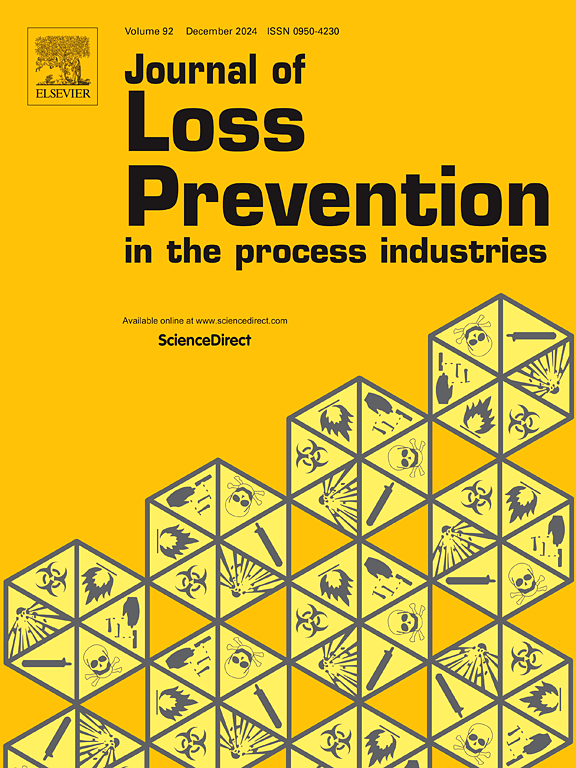PS-RTA method for safety responsibility management: An approach to promote competency of employees to fulfill safety responsibility
IF 4.2
3区 工程技术
Q2 ENGINEERING, CHEMICAL
Journal of Loss Prevention in The Process Industries
Pub Date : 2025-06-20
DOI:10.1016/j.jlp.2025.105713
引用次数: 0
Abstract
The effective implementation of workplace safety responsibilities constitutes the foundation for accident prevention and sustainable enterprise operations. This study proposes a closed-loop management methodology named the PS-RTA method (Position-Specific Responsibility-Training-Assessment), developed from the perspective of enhancing safety responsibility competency through a logical chain of "responsibility assignment - competency development - performance evaluation." At the responsibility assignment level, the methodology introduces a position-specific safety responsibility checklist development approach that accounts for the interdependencies among safety responsibility and collaborative dependencies among responsible groups. For competency development, it integrates competency requirement analysis with training models to establish position-specific safety responsibility competency enhancement program. Regarding performance evaluation, the methodology combines position-specific assessment indicators with dynamic weighting mechanisms to formulate scientifically grounded safety responsibility competency evaluation method. Furthermore, the study presents a three-year implementation case involving China's largest oil and gas pipeline network operator, demonstrating how the PS-RTA methodology successfully established a "One position, one list. One position, one training. One position, one assessment" safety management model. The PS-RTA method effectively resolves longstanding challenges in ambiguous responsibility delineation and insufficient control mechanisms, providing enterprises with a systematic reference for strengthening safety governance through structured responsibility clarification, competency cultivation, and performance monitoring.
PS-RTA安全责任管理方法:一种提升员工履行安全责任能力的方法
安全生产责任的有效落实,是事故预防和企业持续经营的基础。本研究从安全责任胜任力提升的角度出发,通过“责任分配-胜任力发展-绩效评估”的逻辑链,提出了一种闭环管理方法PS-RTA法。在责任分配层面,该方法引入了一种特定于职位的安全责任清单开发方法,该方法考虑了安全责任之间的相互依赖关系和责任小组之间的协作依赖关系。在胜任力开发方面,将胜任力需求分析与培训模型相结合,建立岗位安全责任胜任力提升方案。在绩效评价方面,该方法将岗位评价指标与动态赋权机制相结合,形成了科学依据的安全责任能力评价方法。此外,该研究还介绍了一个涉及中国最大的油气管网运营商的三年实施案例,展示了PS-RTA方法如何成功地建立了“一个位置,一个列表”。一个位置,一个训练。一个岗位,一个考核”的安全管理模式。PS-RTA方法有效解决了长期以来责任界定不清、控制机制不完善的难题,为企业通过结构化责任明晰、能力培养和绩效监控加强安全治理提供了系统参考。
本文章由计算机程序翻译,如有差异,请以英文原文为准。
求助全文
约1分钟内获得全文
求助全文
来源期刊
CiteScore
7.20
自引率
14.30%
发文量
226
审稿时长
52 days
期刊介绍:
The broad scope of the journal is process safety. Process safety is defined as the prevention and mitigation of process-related injuries and damage arising from process incidents involving fire, explosion and toxic release. Such undesired events occur in the process industries during the use, storage, manufacture, handling, and transportation of highly hazardous chemicals.

 求助内容:
求助内容: 应助结果提醒方式:
应助结果提醒方式:


